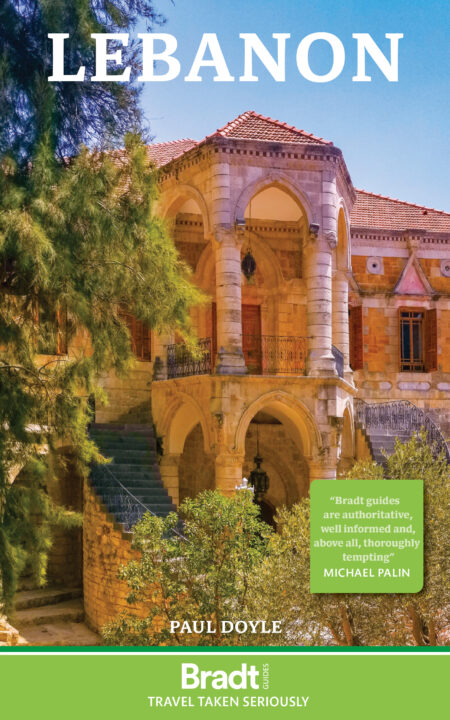It may not be the first thing that springs to mind when one thinks of the ‘pearl of the Middle East’, but Lebanon’s wine industry is in fact rather impressive. Producing several award-winning tipples, this unique and diverse country is one of the most ancient wine producers in the world, estimated by many authorities to date back to 7000 BC. The Jewish prophet Hosea reputedly advised his followers to return to Yahweh in order that they will
‘blossom as the vine, and their fragrance will be like the wine of Lebanon.’
For more information, see Paul Doyle’s guide to Lebanon.
The history of Lebanon’s wine industry
The enterprising ancient Phoenicians were prolific producers and oceanographic and archaeological evidence from shipwrecks suggest that this entrepreneurial race produced and exported the drink throughout the Mediterranean region, ushering in a golden era for wine production from 3000 BC to 350 BC. The onset of Roman rule continued the tradition, with the Temple of Bacchus at Baalbek paying homage to their god of wine. Production declined with the arrival of Islam and although wine-making was prohibited during the Ottoman period, Christians were permitted to produce wine for religious purposes under the millet system as People of the Book.
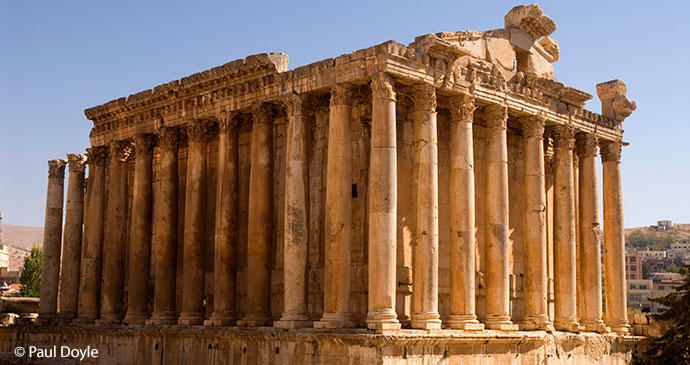
Following the end of World War l, the French Mandate era was influential in popularising wine and this impact continues to the present day. Production was severely hampered during the 1975–90 civil war, though some producers continued to flourish.
Lebanon’s wine industry today
In the post-war era, the industry is once more a growing and prosperous one, worth around US$500 million annually, and the country is marketing itself as a boutique wine destination with the emphasis on quality rather than quantity.
The number of producers has risen from a mere five in 1995 to around 46 at the time of writing and this number is predicted to rise further. Lebanon now produces some 8–9 million bottles annually (tiny in comparison with the world’s largest wine producer, Italy, at 5–6 billion bottles per annum), with 50% of the output exported to over 35 countries with the UK, France and the US the major markets at present.
The Bekaa Valley has always been the epicentre for wine production – the predominantly chalky soil, mild, wet winters and long, dry, hot summers with some 240 days of continuous sunshine, provide ideal growing and ripening conditions for the grape.
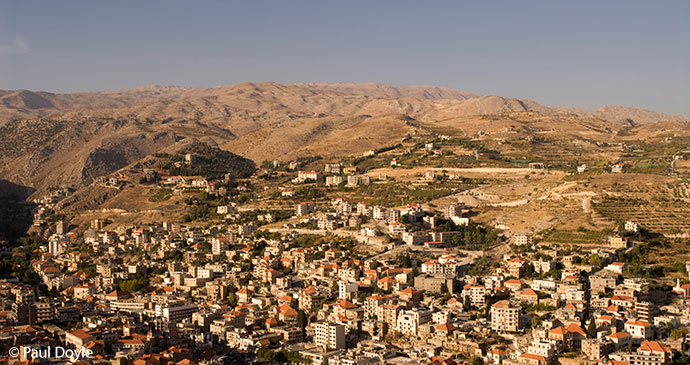
The town of Zahlé is often referred to as the ‘Bride of the Bekaa’ by locals for its picturesque setting, and makes for an excellent base for a tour of the Bekaa vineyards © Paul Doyle
Among other Arab countries Lebanese wines are bought by the UAE, Syria, Iraq, Jordan and Bahrain. For further information on the country’s wine industry take a look at the website of Lebanon’s association of wine producers, Union Vinicole du Liban.
Although opening hours are given where available, it is still advisable to call in advance to arrange an appointment before setting off for a tour of the wineries listed below. Alternatively, Club Grappe, Lebanon’s first wine-tasting club, runs one-to two-day group trips to the wineries in the Bekaa, as well as to the other vineyards in the country if you would prefer a more guided visit.
The best vineyards in Lebanon
Château Ksara
If there is one winery that symbolises the tradition and importance of wine-making in Lebanon, it is the multi-award-winning Ksara. The château celebrated its 165th anniversary in 2022, and is the oldest winery in Lebanon and the Middle East, and the largest producer, exporting some 40% of its current output of around 3 million bottles to more than 35 countries around the world.
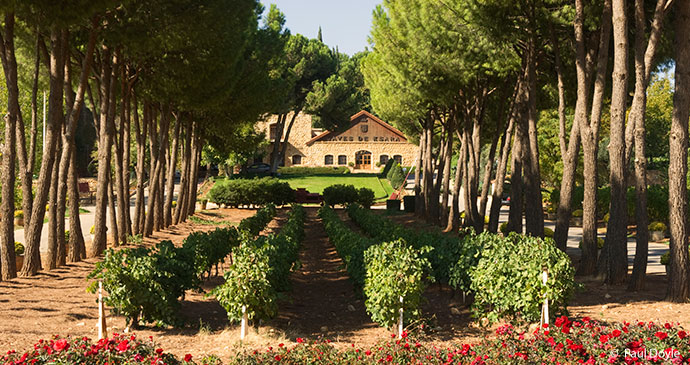
If there is one winery that symbolises the tradition and importance of wine-making in Lebanon, it is the multi-award-winning Ksara © Paul Doyle
Without doubt, Ksara is the best of Lebanon’s many vineyards to visit and welcomes some 100,000 visitors annually. Daily free tours lasting 45 minutes commence with a short 15-minute film telling the history of the château and the process of wine-making followed by optional tasting sessions in the purpose-built tasting rooms.
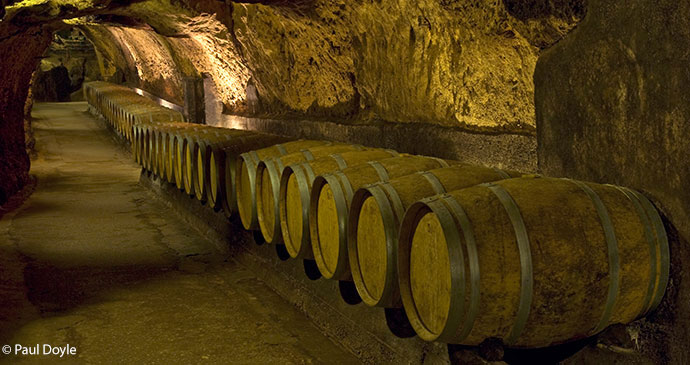
Barrels are kept in caves below the vineyards at Château Ksara © Paul Doyle
The tour includes a fascinating guided visit to the cobwebbed and dusty cellars, which hold some 900,000 bottles of the tipple including their 1918 vintage.
Château Kefraya
One of Lebanon’s newer wineries, and after Ksara the country’s largest producer, Kefraya corks some 2 million bottles annually and exports 35–40% ofits output to over 30 countries. With vineyards spread over more than 300ha, Kefraya began producing its own wine in 1979, and its mantra ‘semper ultra’ (Latin for ‘always better’) has resulted in its label winning an array of national and international accolades, including numerous awards for its Château Kefraya Celebration red wine.
Located just over 20km south of Chtaura, the majority shareholder is Druze leader Walid Jumblatt. Set amid picturesque and verdant gardens named after famous composers from the world of opera, the delightful 350-seat Le Relais Dionysos restaurant serves fine mezze as well as international cuisine. The daily tours of the winery, including free tastings, consist of a train ride through the attractive vineyards of the château, as well as visits to the cellars and museum.
Château Musar
Probably Lebanon’s most recognisable label internationally and the country’s third-largest producer, Château Musar began life back in the vault of a 17th-century castle in 1930 as a pastime of Gaston Hochar. Upon meeting the famous British viticulturalist Ronald Barton during his posting to Lebanon during World War II, Hochar’s hobby quickly blossomed into a ‘passion’, and since 1962 the 220ha vineyards have been run by Hochar’s youngest son, Ronald, producing 500,000 bottles annually, almost exclusively for the overseas market.
In 2018 the château established a further vineyard in Byblos. Unlike the other Bekaa wineries, the château is located away from the Bekaa Valley vineyards in the Christian Maronite village of Ghazir, above Jounieh in the Keserwan district, north of Beirut, where at harvest time (August–October) the grapes are transported by local Bedouins in huge trucks from the Bekaa to the winery.
More information
For more information, see Paul Doyle’s guide to Lebanon:
